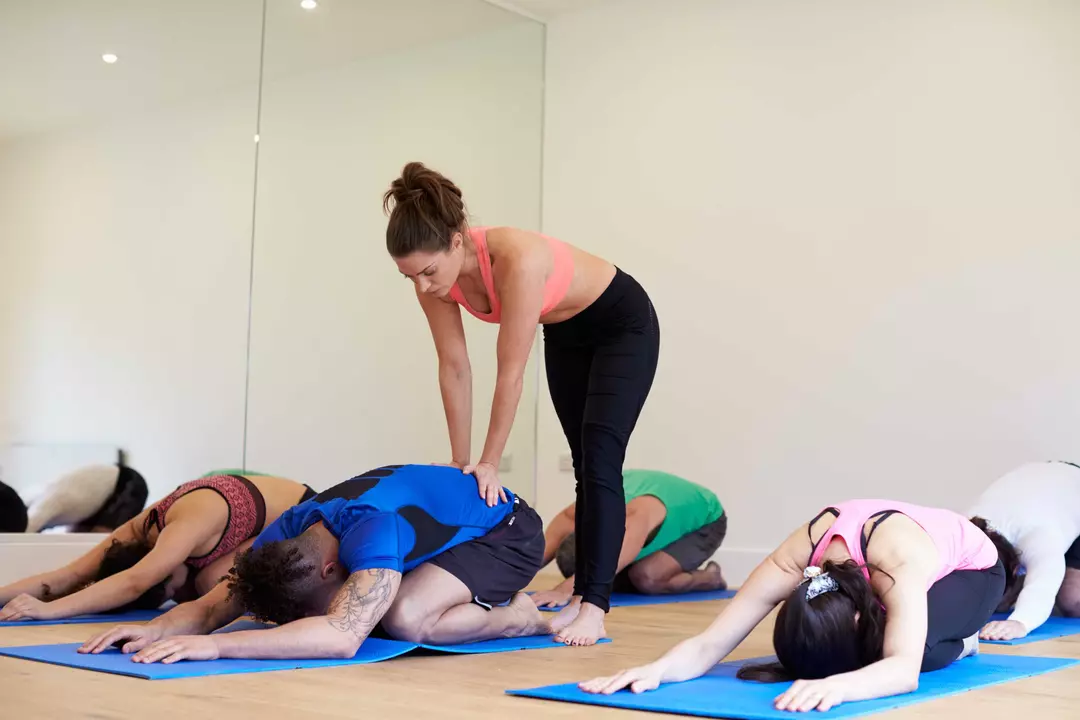Teacher tag — practical resources for aspiring and active yoga teachers
One 200-hour certificate can get you registered, but real teaching starts when you lead your first class. This tag gathers posts that help you choose training, handle common student issues, plan safe classes, and grow as a teacher without getting overwhelmed.
Training & certification
Thinking about a 200-hour course? Pick a program that balances philosophy, anatomy, and hands-on teaching practice. If you need flexibility, many reputable Indian schools now offer online teacher training—look for live mentoring and practical teaching hours, not just recorded lessons. Check whether the course prepares you to adapt poses for different ages and conditions, and whether it helps you register with a recognized body if that matters to you.
Not sure which school to pick? Compare syllabi more than names. A good course will include class sequencing, injury prevention, pranayama basics, and teaches how to run a simple beginner class. Reviews from recent graduates who actually teach are gold—ask about post-course support and how confident they felt teaching after graduating.
Practical teaching tips
Start every class with a clear intention and a simple warm-up that connects breath to movement. New teachers often rush into advanced poses—avoid that. Build a safe progression: warm wrists and shoulders before arm balances, open hips before deep twists, and always cue breath. For balance poses and arm balances, give students drills and preparatory movements so they feel steady before full expression.
Grip problems like knees slipping in crow are common. Teach students to engage the core, squeeze the inner thighs, and press the hands into the mat. Small props—like a folded mat or towel—can add grip. Offer progressions: knees on the triceps, tuck and lift, then one foot at a time. Encourage patience; mastery comes from repeatable steps, not sudden jumps.
Adapt classes for different ages and health needs. Older students benefit from slower pacing, chair options, and emphasis on balance and joint mobility. For students with high blood pressure, avoid sudden inversions and teach gentle breathing techniques. If a student mentions a condition, ask them to consult a doctor and offer safer alternatives rather than improvising risky adjustments.
Short daily routines sell. Teach a 10–15 minute sequence for busy students that improves flexibility and reduces stress. These short practices keep students consistent and increase retention. For beginners, decide whether in-person or online classes fit your style—live classes let you correct alignment, while online offerings give convenience and reach. Mix both if you can.
Use this tag to read posts about course options in India, teaching fundamentals, adapting poses, the future of the yoga industry, and common student questions. Each post aims to give you usable advice you can try in class tomorrow.
Can a yoga teacher teach Pilates?
Yoga and Pilates are two popular forms of exercise that focus on improving strength, flexibility, and balance. But can a yoga teacher teach Pilates? The answer is yes! While the two disciplines are quite different in terms of their approach, a yoga teacher can learn the skills and techniques needed to teach Pilates. A yoga teacher can use their existing knowledge and experience in yoga to gain a deeper understanding of the principles of Pilates and how to apply them to students. With some additional training and practice, a yoga teacher can become a competent Pilates instructor and help their students reach their fitness goals.
